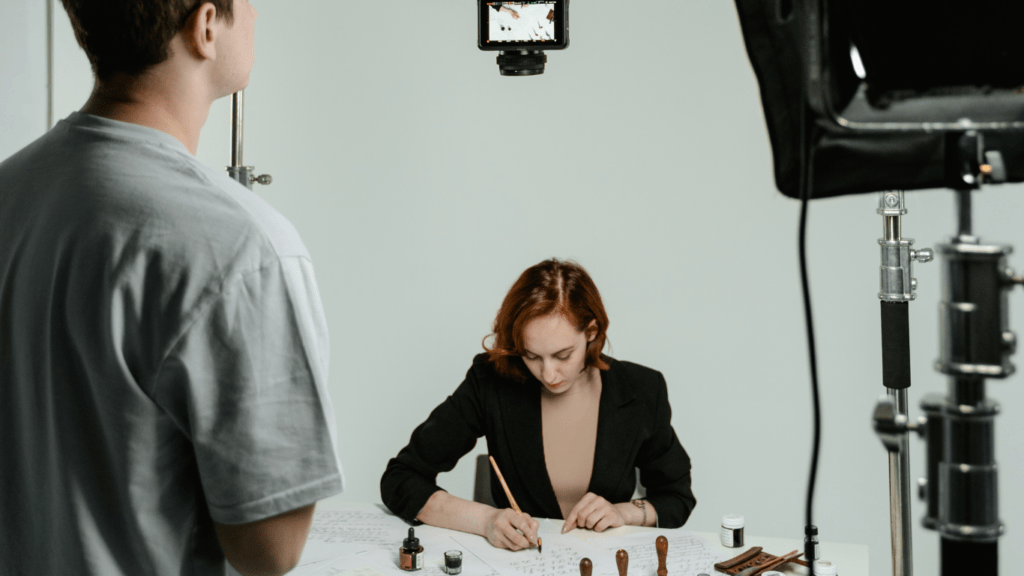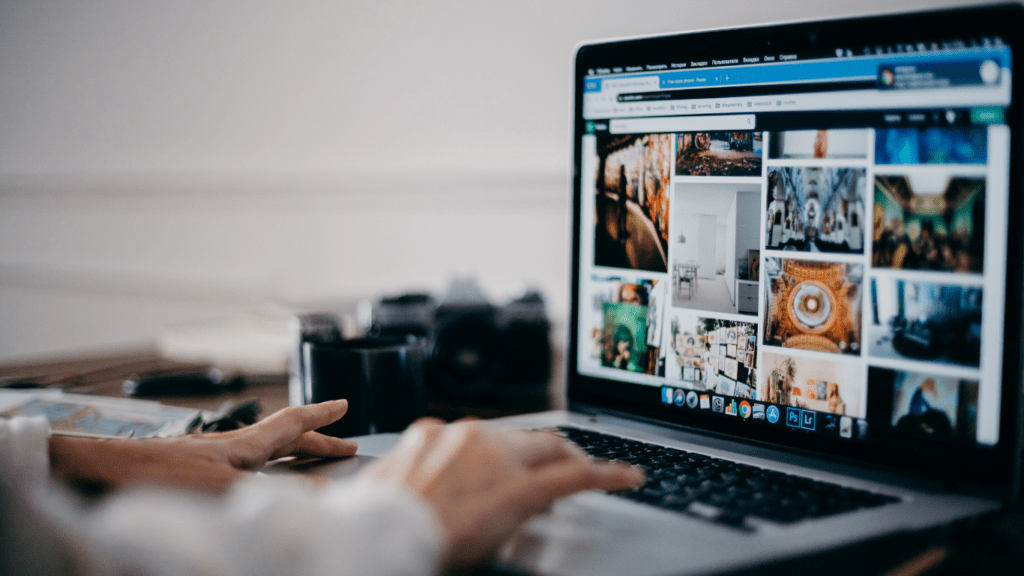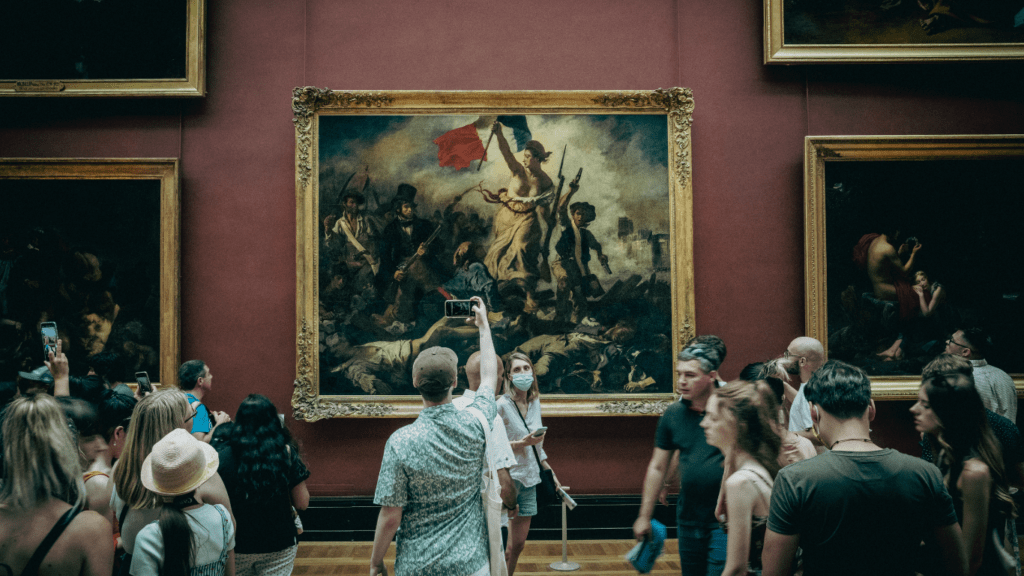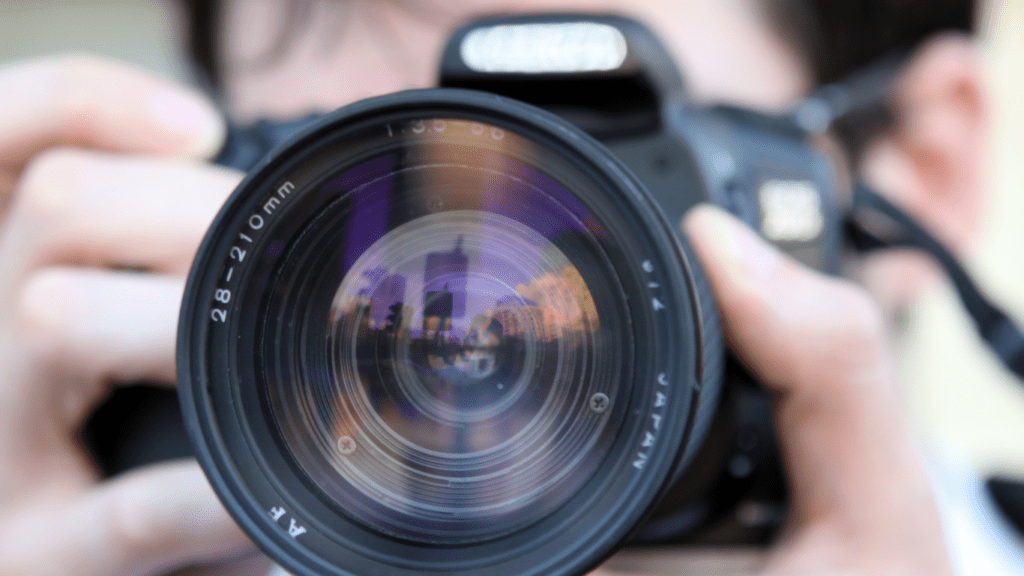Are you an artist looking to showcase your work online and attract more visitors to your website? As a creative individual, I understand the importance of optimizing your online presence to reach a wider audience. In this article, I’ll share valuable SEO tips tailored specifically for artists’ websites.
In today’s digital age, having a visually stunning website is not enough. To stand out in the competitive online art world, it’s crucial to implement effective SEO strategies. From optimizing your website’s images and content to utilizing relevant keywords, I’ll guide you through the essential steps to improve your website’s search engine ranking.
Whether you’re a painter, sculptor, photographer, or any other type of artist, mastering SEO techniques can significantly boost your online visibility and help you connect with art enthusiasts worldwide. Join me as I delve into the world of SEO tailored for artists’ websites.
Understanding SEO for Artists
SEO plays a vital role in improving the online visibility of artists’ websites. Optimizing your site for search engines is crucial for attracting more visitors and potential buyers. As an artist, mastering SEO techniques is essential to stand out in the competitive online art world.
Importance of SEO for Creative Professionals
As an artist, harnessing the power of SEO can significantly impact your online presence. By implementing effective SEO strategies, you can increase your website’s visibility, reach a broader audience, and ultimately boost your art sales. SEO helps you rank higher in search engine results, making it easier for art enthusiasts to discover your work.
Basics of SEO for Websites
Understanding the basics of SEO is essential for optimizing your website. Start by conducting keyword research to identify relevant terms that potential visitors might use to find your art. Incorporate these keywords strategically into your website content, titles, and image descriptions. Additionally, optimizing your images with alt text and metadata can further improve your site’s SEO performance. Regularly updating your content and engaging with your audience can also positively impact your website’s search engine rankings.
Key SEO Strategies for Artists’ Websites
- Optimizing Website Content: To enhance my website’s visibility and attract more visitors, I focus on optimizing all aspects of my content. This includes creating high-quality, engaging content that resonates with my audience while incorporating relevant keywords naturally throughout the website.
- Using Keywords Effectively: In optimizing my website for search engines, I make sure to conduct thorough keyword research to identify the most relevant and high-traffic keywords in the art industry. By strategically incorporating these keywords into my content, titles, image descriptions, and meta tags, I can improve my website’s search engine rankings and attract more organic traffic.
- Building Quality Backlinks: As I strive to improve my website’s authority and credibility, I actively seek opportunities to build quality backlinks from reputable websites in the art niche. By collaborating with other artists, galleries, and art influencers, I can establish a network of backlinks that not only drive traffic to my site but also signal to search engines that my website is a valuable resource in the art community.
Visual Content Optimization

When it comes to optimizing visual content on artists’ websites, there are key strategies to enhance SEO and attract more visitors. From image SEO best practices to video optimization techniques, incorporating these methods into your website can significantly improve search engine rankings and overall online visibility.
Image SEO Best Practices
As an artist, optimizing images on your website is crucial for SEO success. When uploading images, ensure to include descriptive filenames that contain relevant keywords related to your art pieces. This helps search engines understand the content of the images and index them accurately.
Additionally, optimize the alt text of your images by providing concise and keyword-rich descriptions. Alt text not only improves accessibility for visually impaired users but also provides search engines with more context about your images, ultimately boosting your website’s SEO.
Compressing images to reduce file size without compromising quality is another important practice. Faster-loading images contribute to a better user experience, which is a key factor in SEO ranking algorithms. Tools like Adobe Photoshop or online image compressors can help you achieve this efficiently.
Video Optimization Techniques
Incorporating videos into your website can engage visitors and enhance the overall user experience. To optimize videos for SEO, start by creating compelling titles that include relevant keywords. This helps search engines understand the content of your videos and rank them appropriately in search results.
When publishing videos, provide detailed descriptions that highlight the video’s content and purpose. Including relevant keywords naturally within the description can improve the chances of your videos being discovered by users searching for similar content.
Furthermore, adding video transcripts or subtitles can benefit SEO by providing search engines with textual content to index. Transcripts allow search engines to crawl through the video’s spoken content, making it more accessible and increasing the likelihood of your videos appearing in search results.
By implementing these image SEO best practices and video optimization techniques, artists can effectively optimize their visual content, improve SEO performance, and attract a larger audience to their websites.
Leveraging Social Media for SEO
Social media platforms play a crucial role in enhancing SEO for artists’ websites. Leveraging social media as SEO tools can significantly impact online visibility and audience engagement.
Social Media Platforms as SEO Tools
I incorporate various social media platforms as valuable tools to boost my website’s SEO performance. Sharing website content on platforms like Instagram, Facebook, and Pinterest can increase visibility and drive traffic to my site.
Integrating Social Media with Your Website
Integrating social media with my website is essential for optimizing SEO. By embedding social media feeds, sharing buttons, and widgets on my website, I make it easier for visitors to share my content across different platforms, improving reach and engagement.
Technical SEO for Artists
When it comes to technical aspects of SEO for artists, ensuring your website is optimized for mobile devices is crucial. Mobile optimization is not just a trend but a necessity in today’s digital landscape. Having a responsive website that delivers a seamless experience across all devices is key to ranking well in search engine results.
Mobile Optimization
I always prioritize mobile optimization for artists’ websites. With the majority of internet users browsing on their smartphones, a mobile-friendly website is essential for a positive user experience. By using responsive design, I ensure that the website adjusts smoothly to different screen sizes, making it easy to navigate and explore.
Website Speed and Performance
Website speed plays a significant role in SEO rankings. Search engines favor fast-loading websites as they provide a better user experience. As an artist, optimizing images without compromising quality and minimizing unnecessary plugins are strategies I implement to enhance website speed. Additionally, leveraging caching mechanisms and reliable hosting services contribute to improved website performance, ultimately boosting SEO efforts.

 Christyn Stearnsio, the visionary founder of Sculpture Creation Tips, is a passionate artist with a deep love for the art of sculpting. With years of experience in the field, Christyn has dedicated her career to sharing her knowledge and expertise with others, creating a platform that serves as a comprehensive guide for sculptors at all levels. Sculpture Creation Tips is a testament to her commitment to nurturing creativity and helping artists master the delicate craft of sculpting. Through detailed tutorials, insightful articles, and a supportive community, Christyn empowers aspiring sculptors to explore their artistic potential, refine their skills, and bring their unique visions to life. Her dedication to the art form is evident in every piece of advice and inspiration she shares, making Sculpture Creation Tips a trusted resource for sculptors around the world.
Christyn Stearnsio, the visionary founder of Sculpture Creation Tips, is a passionate artist with a deep love for the art of sculpting. With years of experience in the field, Christyn has dedicated her career to sharing her knowledge and expertise with others, creating a platform that serves as a comprehensive guide for sculptors at all levels. Sculpture Creation Tips is a testament to her commitment to nurturing creativity and helping artists master the delicate craft of sculpting. Through detailed tutorials, insightful articles, and a supportive community, Christyn empowers aspiring sculptors to explore their artistic potential, refine their skills, and bring their unique visions to life. Her dedication to the art form is evident in every piece of advice and inspiration she shares, making Sculpture Creation Tips a trusted resource for sculptors around the world.
